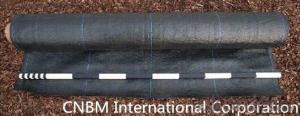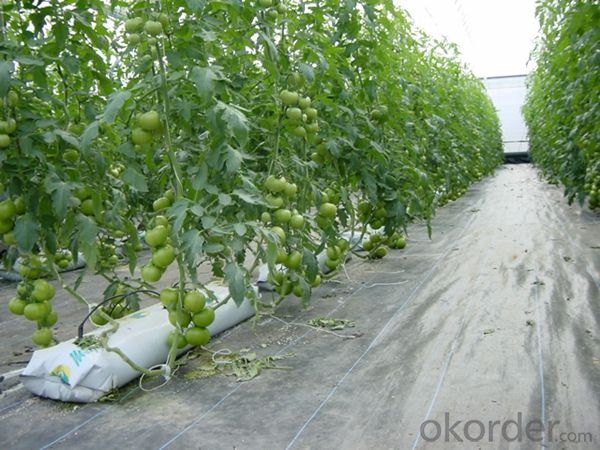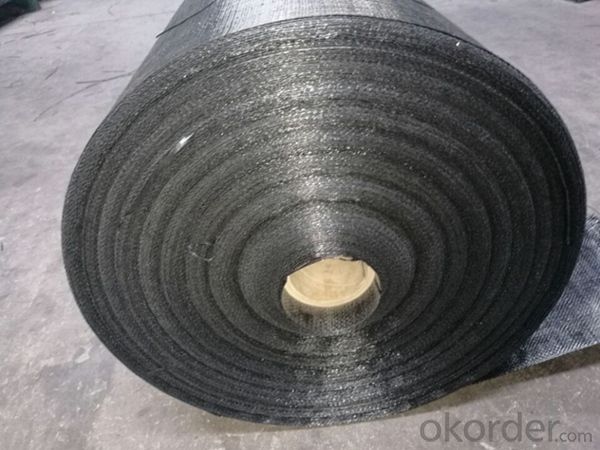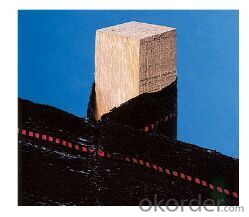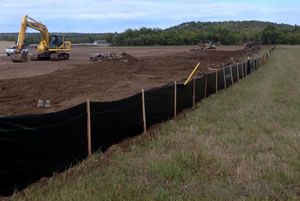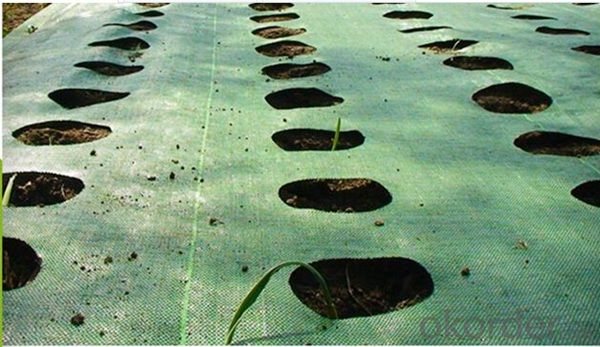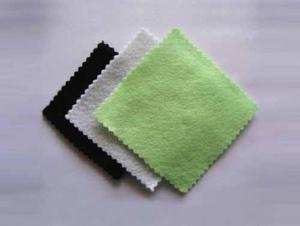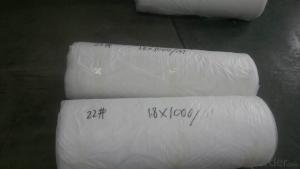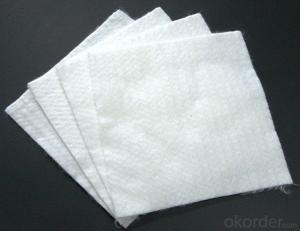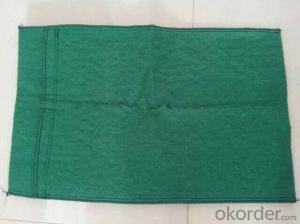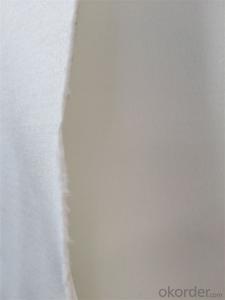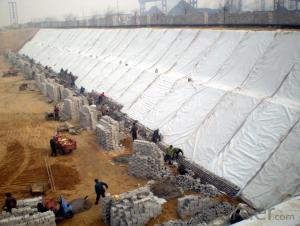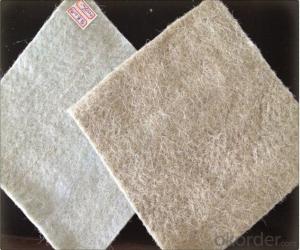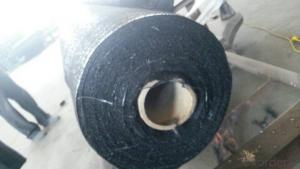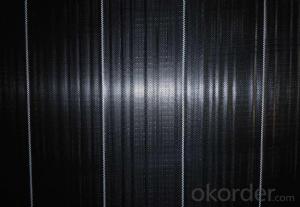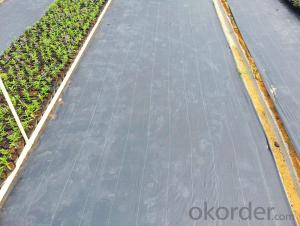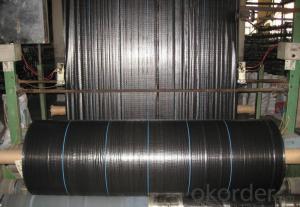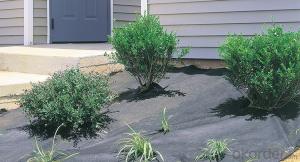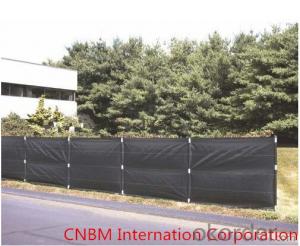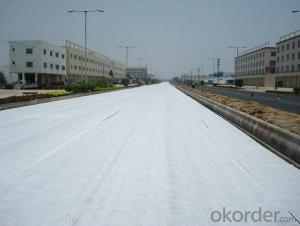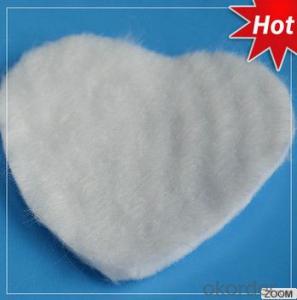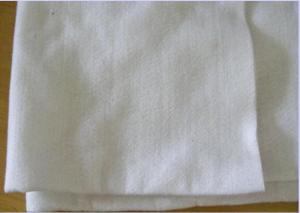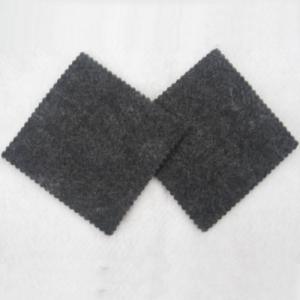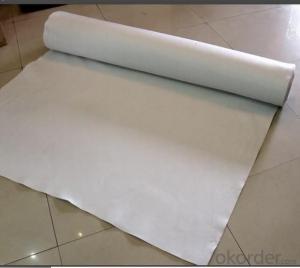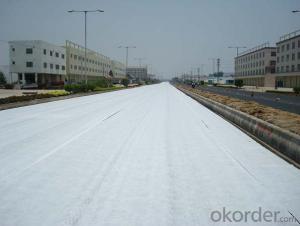Geotextile Permeable Silt Fence with Pocket/Weed Barrier/Woven Fabric
- Loading Port:
- Qingdao
- Payment Terms:
- TT or LC
- Min Order Qty:
- 1000 roll
- Supply Capability:
- 100000 roll/month
OKorder Service Pledge
OKorder Financial Service
You Might Also Like
Specification
1.Silt Fence Description:
A silt fence, also referred to as a filter fence, is a structure composed primarily of geotechnical fabric and that is used as a form of sediment control.These temporary barriers are relatively low in cost, especially when compared to the damages they can prevent. They keep loose soils from traveling into local bodies of water and they also minimize the impact that various forms of development can have on surrounding wildlife.
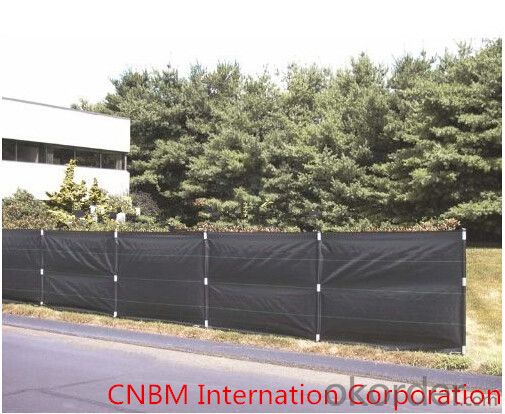
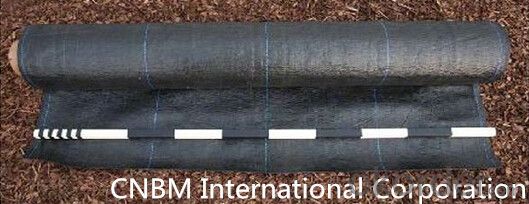
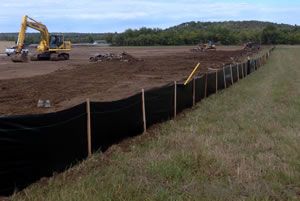
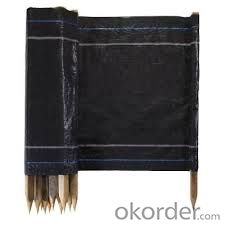
2. Weed Barrier Fabric Specification:
Weight: 80g/m2~400g/m2;
Width: 0.5m ~6m;
Length: 100m or as required;
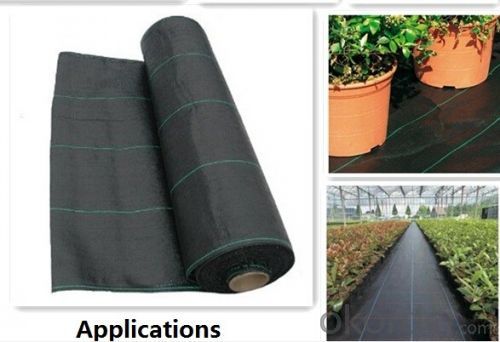
3.Weed Barrier Fabric Functions and Features:
1)Excellent weed control
2)Excellent UV resistance
3)Moisture,fertilizers,air reach plants to allow for healthy soil
4)Good water and air permeability
5)Exceptional toughness and strength
6)Durable,tear-resistant,anti-rot and anti-mildew
7)Light weight,easy to install,follows natural ground contours
8)Ideal for use in landscaped beds,under decks and walkways
9)Fashionable design,high quality,competitive price
10)Long service life
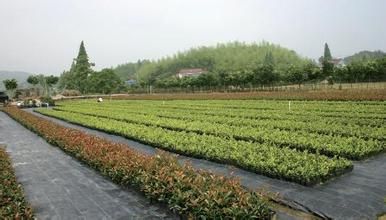
4. Weed Barrier Fabric Usage:
1.Prevent leakage disposal in landfill or waste water or waste dregs disposing field.
2.River bank ,lake dam ,mine remainings ,resevoir ,tunnel ,liquid storage pool(pit ,mine)
3.Preventing leakage in subway ,basement ,tunnel ,hole .
4.Anti-salt leakage in roadbed and other ground sill.
5.The plane direction laying of dam ,the vertical direction laying for ground sill.used in the construction fence and waste material field.
6.Used in ground sill of road ,highway ,railway and waterproof layer of welling clay and wet collapsed loess.
7.Preventing leakage on rooftop.
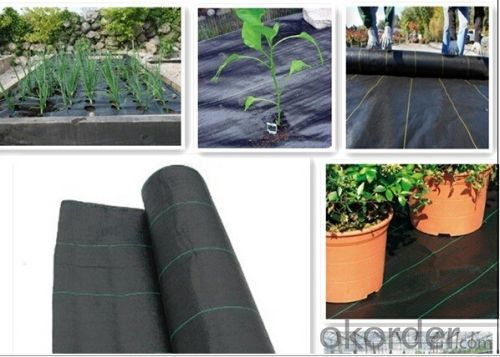
- Q: How do geotextiles help with sediment control in construction sites?
- Geotextiles help with sediment control in construction sites by acting as a barrier to prevent soil erosion and the migration of sediment. They are placed on the surface of the soil, where they allow water to pass through while trapping sediment particles. This helps to retain the soil in place and prevent it from being washed away by rainwater or other erosive forces. Geotextiles also aid in filtration by capturing suspended particles and allowing clean water to drain through, thus preventing sediment-laden runoff from reaching nearby water bodies.
- Q: Characteristics of nonwoven geotextiles
- Non-woven geotextile has many advantages: 1) air permeability 2) filterability 3) insulation 4) water absorption 5) waterproof 6) stretch 7) not disheveled 8) feel good, soft 9) light 10) Can be restored 11) without the direction of the fabric 12) compared with the textile production of high productivity, production speed 13) low prices, can be mass production and so on. Disadvantages are: 1) Compared with the textile fabric strength and durability is poor; 2) can not be washed as other fabrics; 3) fiber arranged in a certain direction, so easy to split from the right angle and so on. Therefore, the improvement of the production method has been mainly focused on preventing the improvement of the division.
- Q: How do geotextiles help in preventing clogging of drainage systems?
- Geotextiles help in preventing clogging of drainage systems by acting as a barrier that filters out fine particles from infiltrating the system. These textile materials allow water to pass through while retaining soil particles, preventing them from clogging the drains and compromising the system's effectiveness.
- Q: Geotextile and geogrid difference
- Different geotextile used to prevent seepage, geogrid used to reinforce the geotextile is mainly used to seepage, isolation, geogrid are generally used in reinforced reinforcement, the two are essential differences in the use of the process Sometimes used in the same project, such as high-speed, railway and other engineering production grid is made of polypropylene, polyvinyl chloride and other polymer polymer by thermoplastic or molded two-dimensional grid or a certain height of the three-dimensional Dimensional grid grid, when used as a civil engineering, known as geogrid. Engineering applications: roads, railways, abutments, approach roads, docks, dams, slag and other soft soil foundation reinforcement, retaining walls and road surface cracking engineering and other fields. Fiberglass mesh used in the external walls, wall paint, the main material to prevent the junction of different mortar and other plastering material cracking, hollowing. Local node reinforcement will also be used. Geotextile has excellent filtration, drainage, isolation, reinforcement, anti-seepage, protection, with light weight, high tensile strength, good permeability, high temperature, anti-freeze, anti-aging, corrosion resistance. Common non-woven fabrics, water layer inside the use, polyethylene polypropylene waterproof also used.
- Q: How do geotextiles help in preventing lateral spreading of soil?
- Geotextiles help prevent lateral spreading of soil by acting as a barrier or stabilizer. They are placed within the soil, creating a stable layer that restricts the movement of particles and soil mass. This prevents the soil from shifting laterally and helps maintain its stability, especially in areas prone to erosion or landslides.
- Q: Can geotextiles be used in road shoulder stabilization?
- Yes, geotextiles can be used in road shoulder stabilization. Geotextiles are commonly employed in road construction and maintenance projects to provide soil stabilization, prevent erosion, and improve drainage. By placing geotextiles in road shoulders, they can help reinforce the soil, increase load-bearing capacity, and reduce the risk of shoulder erosion, ultimately enhancing the stability and longevity of the road.
- Q: How do geotextiles contribute to soil compaction control?
- Geotextiles contribute to soil compaction control by acting as a barrier between the soil layers, preventing them from mixing and reducing the risk of compaction. They distribute the load applied on the soil more evenly, reducing the pressure on the soil particles and minimizing compaction.
- Q: Pvc tube outsourcing geotextile, how to count how much geotextile
- Calculate the circumference of the bottom of the pipe by the diameter of the pipe, and the length of the pipe is multiplied by the length of the pipe, which is the area of the geotextile. Huazhi geotechnical materials manufacturers to answer your questions
- Q: Can geotextiles be used for erosion control in coastal dunes?
- Yes, geotextiles can be used for erosion control in coastal dunes. Geotextiles are often used as an erosion control measure in coastal areas to stabilize the soil and prevent erosion caused by wind and water. They can be installed on the dune slopes to prevent sand movement and promote vegetation growth, thereby maintaining the integrity of the dune system and protecting it from erosion.
- Q: How are geotextiles used in civil engineering projects?
- Geotextiles are commonly used in civil engineering projects for various purposes such as soil stabilization, erosion control, drainage management, and filtration. These synthetic fabrics are placed in the soil to reinforce it, prevent erosion, filter water, separate different layers of soil, and improve the overall performance and longevity of the project. They are versatile, cost-effective, and environmentally friendly solutions that help enhance the stability and functionality of civil engineering structures like roads, embankments, retaining walls, and landfills.
Send your message to us
Geotextile Permeable Silt Fence with Pocket/Weed Barrier/Woven Fabric
- Loading Port:
- Qingdao
- Payment Terms:
- TT or LC
- Min Order Qty:
- 1000 roll
- Supply Capability:
- 100000 roll/month
OKorder Service Pledge
OKorder Financial Service
Similar products
Hot products
Hot Searches
Related keywords
